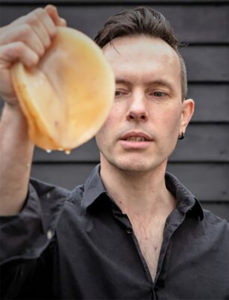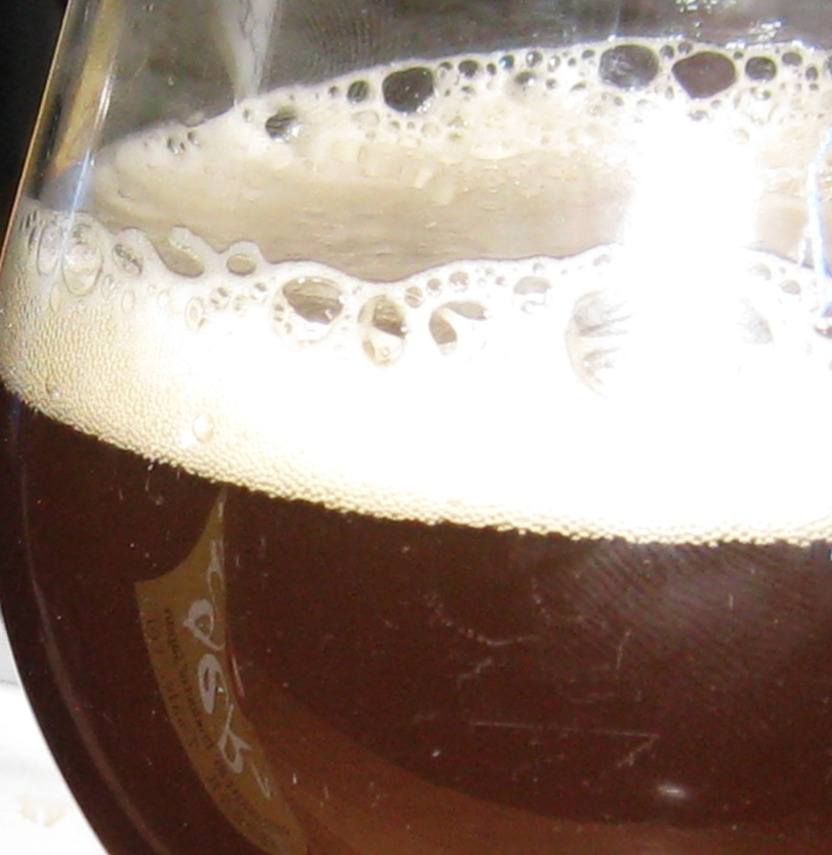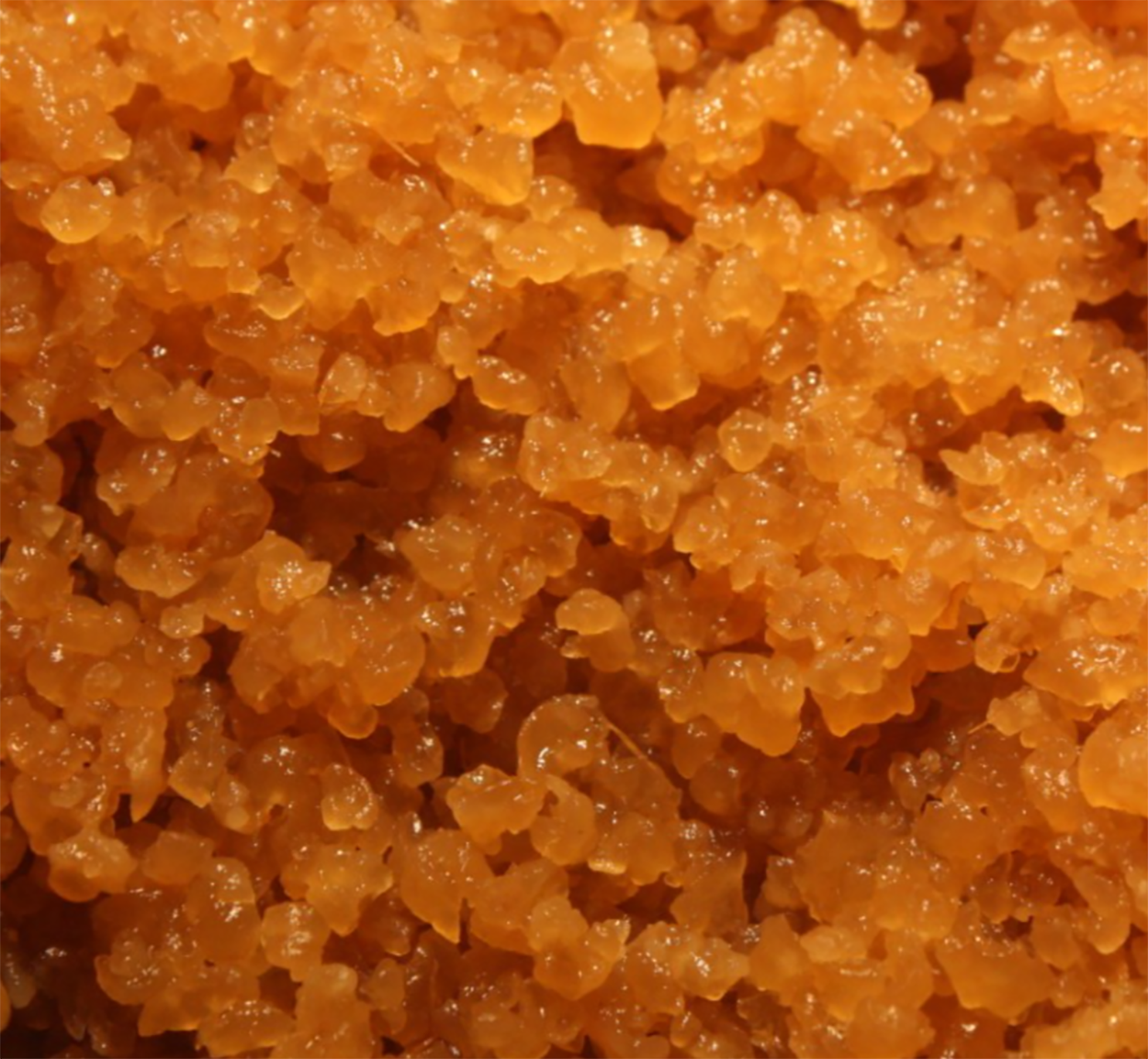Real ginger beer plant | make your own ginger beer
Make your own ginger beer with the one and only ginger beer plant (GBP)!
In stock
Product Description
Make your own ginger beer with the one and only real ginger beer plant (GBP)!
What is our real ginger beer plant (GBP)?
A ginger beer plant (GBP) is a rare old starter culture. Centuries ago it was popular on the British Isles to make a carbonated alcoholic beverage with ginger as a flavoring.
Although the culture is called ‘ginger beer plant’, it is not really a plant, but a ‘SCOBY’, a symbiotic colony of bacteria and yeasts, living together in small semi-transparent grains. This ‘plant’ was used to ferment a sugar-water-ginger solution until the popularity died and the easier baker’s and brewer’s yeast replaced it. These substitutes also produce a ginger beer-like beverage, but are not the same, just as bread and sourdough bread are not the same.
The symbiotic properties of bacteria and yeast of the ginger beer plant provide – just like kombucha, water kefir or dairy kefir – a unique living and self-propagating culture that gives a really rich and complex taste.
Today’s most genuine ginger beer plant comes from the German Culture Bank (including ours), one of the few places that preserved this symbiotic culture before it was completely extinct…
Content
- a minimum of 3 grams of dried ginger beer plant pellets (comparable to 20-30 grams of fresh pellets)
- Enough to last you a lifetime
- Produced in the United States
- Store in a cool, dry place until you activate them
- Contents: sugar, starter cultures
Why dried ginger beer plant grains?
- Dried grains have a long shelf life
- Easy to ship/take with you, also abroad
- Will not deteriorate due to transportation
- Light in weight (shipping costs)
- You can already buy them even if you are not planning to make ginger beer immediately that week
- You can keep a part apart in case your fresh grains die
- After activation, the effect of dried grains is identical to fresh grains
Activate your dried ginger beer plant grains
- Place the dried ginger beer plant grains with 0.25 liters of tap water in a glass jar.
- Add 25 grams of sugar (preferably 50% white sugar and 50% brown, cane, or palm sugar)
- Close and place in a slightly warm place, preferably out of direct sunlight
- Stir a few times every day
- Let ferment for two days, sieve the grains out, and combine again with some fresh water and sugar.
- After going through this ‘freshening up’ once or twice, your ginger beer plant grains will be ready and you use them like fresh grains.
Make your own ginger beer from the ginger beer plant.
Traditional GBP recipe
Gives the traditional, slightly spicy ginger beer flavor, but can have slower GBP growth and slower overall activity. Use 50% white sugar and 50% brown, cane or palm sugar for more activity or if the grains do not seem to work well.
- Put 2 tablespoons of the rehydrated ginger beer plant in a glass jar with a capacity of at least 1L.
- Grate a piece of ginger root of 4 cm, mix with some water and squeeze (with clean hands). You don’t use the fibers.
- Add 6-8 tablespoons of white sugar + the ginger juice
- Add a liter of water. Do not fill to the brim. Cold, cool or room temperature is the best. Stir with a wooden, plastic or stainless steel spoon until the sugar is largely dissolved. Optionally, add a wedge of lemon and a few sliced of ginger if you want a stronger gingerflavor.
- Cover with a cloth, cheese cloth or kitchen paper and an elastic band so that your ginger beer plant can breathe while being protected against contamination such as dust and fruit flies.
- Find a place for your ginger beer out of direct sunlight. You can shake / stir them once during fermentation.
- Three to seven days of fermentation is a common period for ginger beer. In the summer they can be done for about 3 days, and in the winter they can last longer, 5-7 days. Just experiment a little and find out when it reaches the right sweetness and taste.
- Place a fine plastic or stainless steel strainer over a pot or bowl and pour everything into it. Remove any ginger or lemon. If necessary, squeeze out the lemon for a stronger lemon flavor.
- Ginger beer is milder than kombucha, but stronger than water kefir, it should have a noticeable change in taste – such as sweet apple vinegar with beer and ginger. Bubbles are usually very subtle (if it they are even present, at the time of bottling) but will increase if the drink is bottled .
- Optionally: allow to ferment for a while in a sealed PET bottle, swing-top bottle or other pressure-resistant bottle. Ginger beer tastes best (ie fresh, rounded flavors – in our opinion) within 48 hours after it has been bottled and cooled, and gets a more dry ‘mature’ beverage flavor after being bottled for a few weeks
Tips and variations
- Occasionally the first batch or two will have a foul odor. No problem, but then throw away the first few times it makes it. After the second or third time it will be nice. If it persists, leave your grains in clean water in the fridge for a few days and replace the water daily. If mucus forms, you can add half a teaspoon of lemon juice per 500 ml.
- Add any additional flavorings to the bottle
- Add some extra sugar in the bottle for more fermentation or a sweeter taste.
Q&A:
Do I have to take my GBP with me on vacation? Only if you want to. You can store the GBP in an a weak 5% Recovery Brew in an airtight container, such as a jam jar in the fridge. You can also dry the GBP very easily, just spread it out on a smooth surface and leave it to dry.
Can I get drunk from this kind of beer? Ginger beer is alcoholic but you can control the amount of alcohol by varying the amount of sugar and varying the length of the brew time. You could also force carbonate to reduce the brew time further and it becomes as alcoholic as orange juice. But if you increase the sugar level and the brew time, the alcohol level will rise as well.
But ginger has a weird, sharp taste! You can use whatever fruit you like. It’s just called ginger beer because that was the original brew.
Can I re-use the GBP? The GBP is a living organism held together in a matrix made by the GBP itself, so it can be re-used.
Can I make my own Ginger Beer Plant? No, the GBP is made up of two Saccharomyces florentinus and Lactobacillus hilgardii that do not spontaneously work together to make the little blobs.
What’s the difference between water kefir and GBP? Both are ‘symbiotic colonies of bacteria and yeast’ and ferment sugar, but that is about where the similarities end. Just like waterkefir and kombucha are SCOBY’s, yet totally different, the same can be said for ginger beer and water kefir. GBP is made up of the yeast Saccharomyces florentinus (Saccharomyces pyriformis), and the bacterium Lactobacillus hilgardii (Brevibacterium vermiforme) plus many more, Water Kefir Grains on the other hand are made up of Lactobacillus brevis plus many more yeast and bacteria. The exact composition varies from source to source though. Also, their shape, translucency, dietal and mineral preferences and fermenting time differ. The resulting taste is also different. Ginger beer has more of sour flavor, closer to kombucha. The grains never get nearly as large as water kefir’s greatest size, and do not form the same angular, clear grain – instead they are like a murky brown puffed rice.
Online Kombucha making course

In 29 bite sized English spoken video lessons you will learn all about making kombucha at home, without the need for special tools, in this online course by the founder of startercultures.eu. You will learn to ferment Kombucha, promote your probiotics and save money, by never having to buy Kombucha again!
Read More >
33 reviews for Real ginger beer plant | make your own ginger beer
| 5 star | 84% | |
| 4 star | 15% | |
| 3 star | 0% | |
| 2 star | 0% | |
| 1 star | 0% |
Make your own ginger beer with the one and only ginger beer plant (GBP)!








Van mij mag er een kaartje bij o.i.d. met de gebruiksaanwijzing
Nog niet mee gewerkt